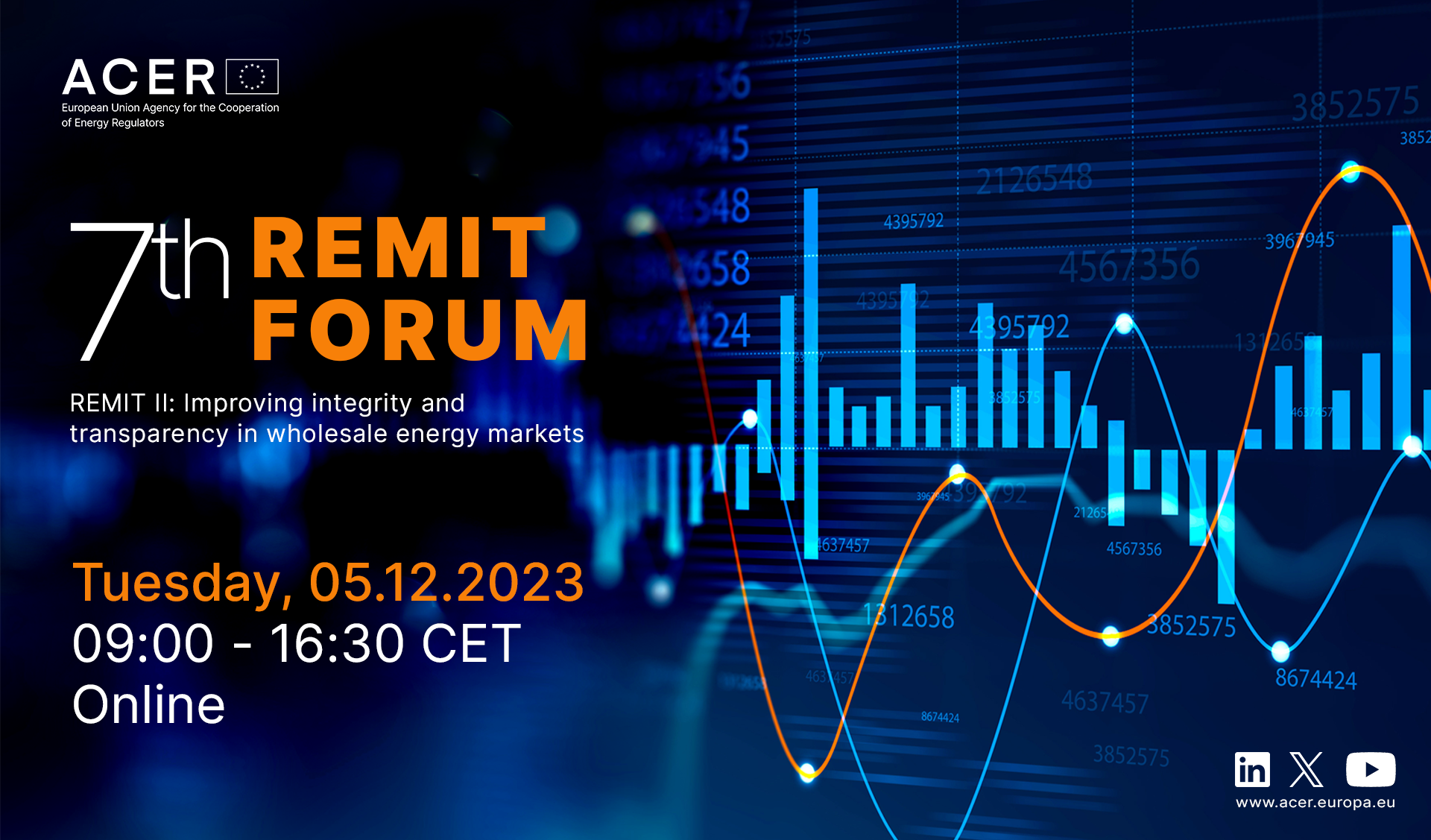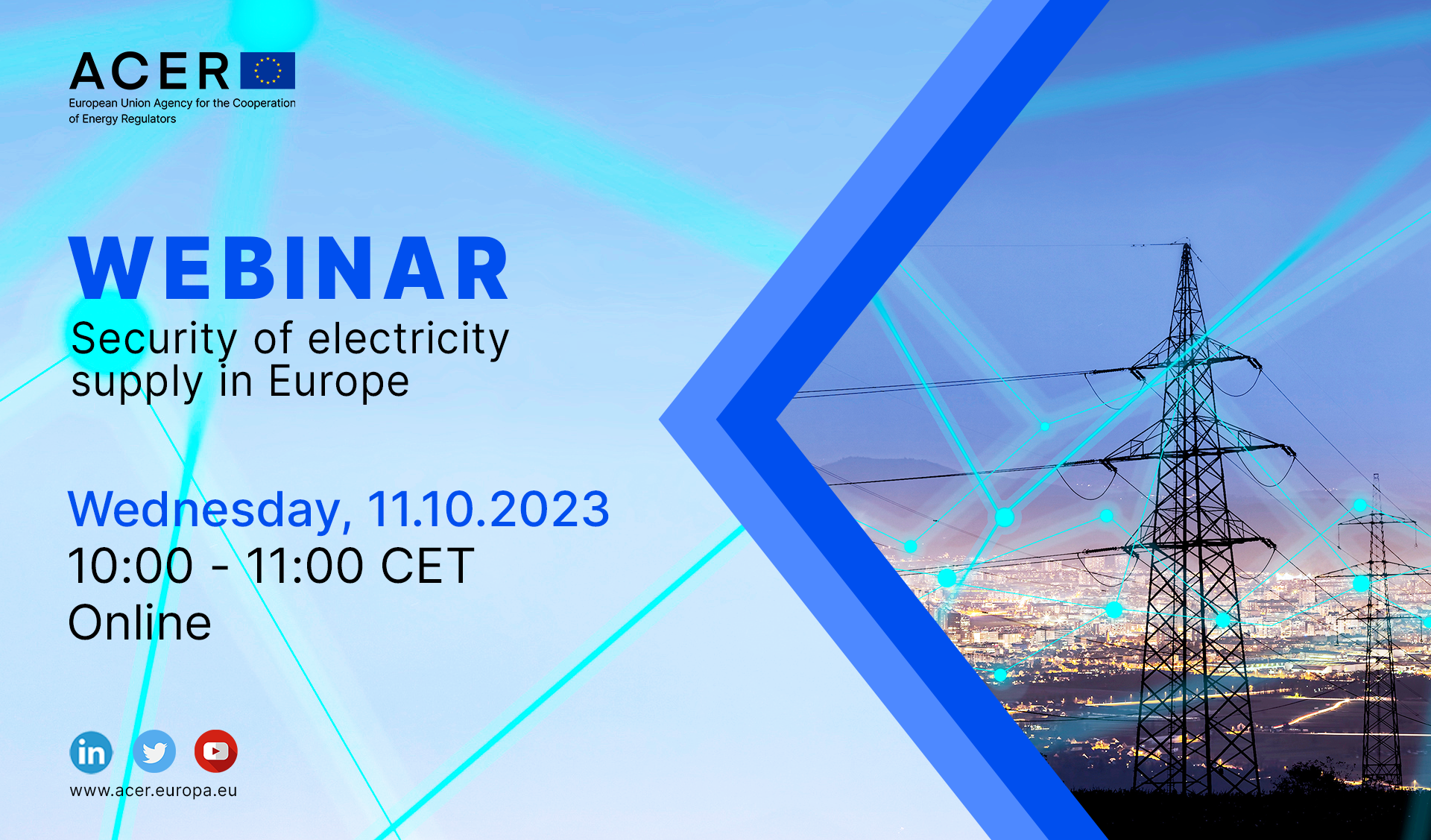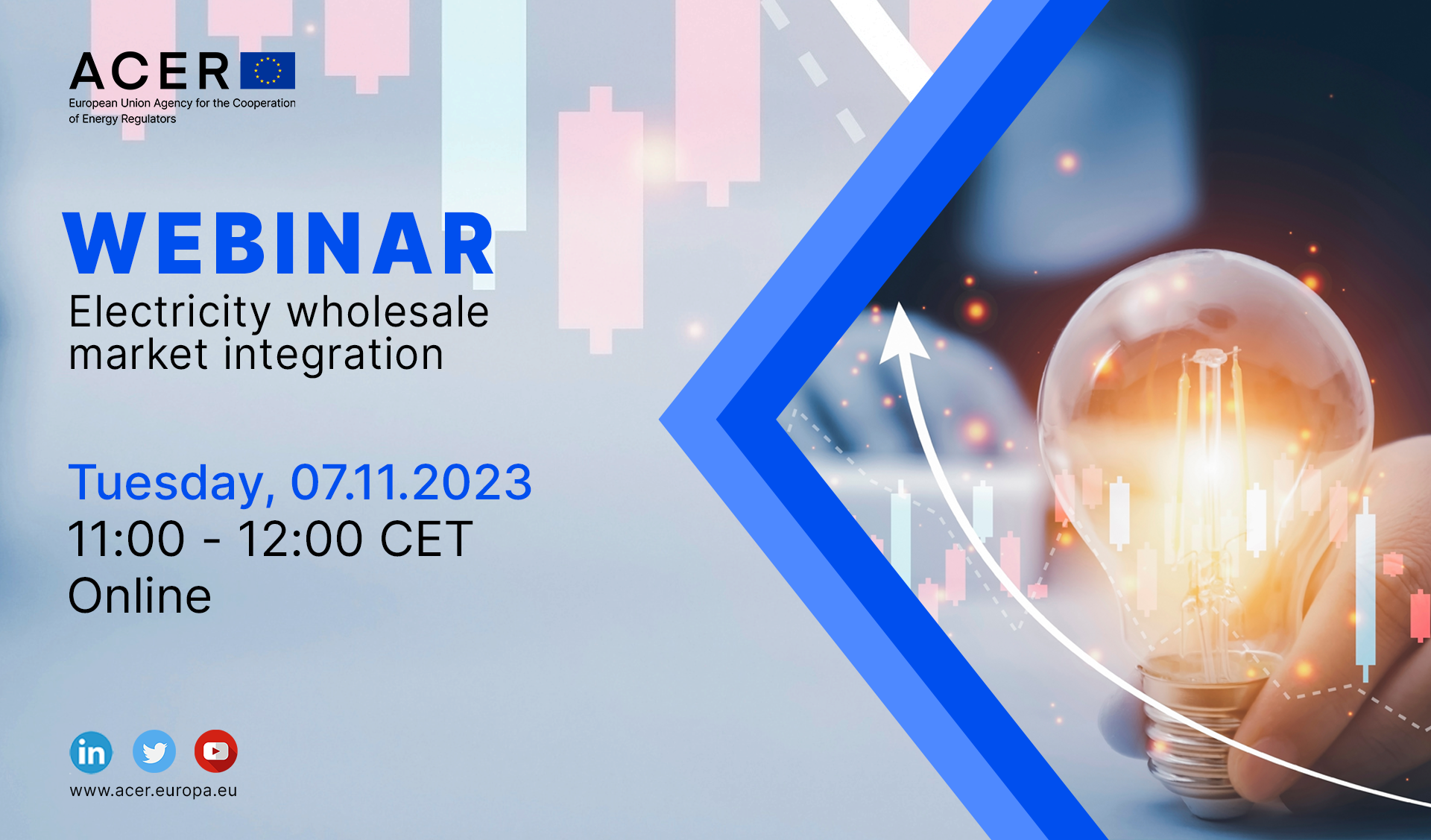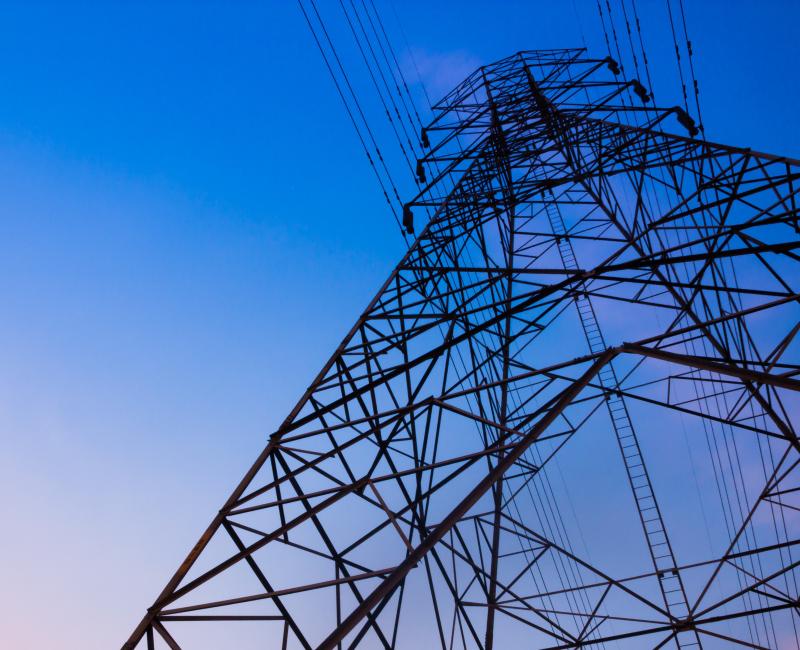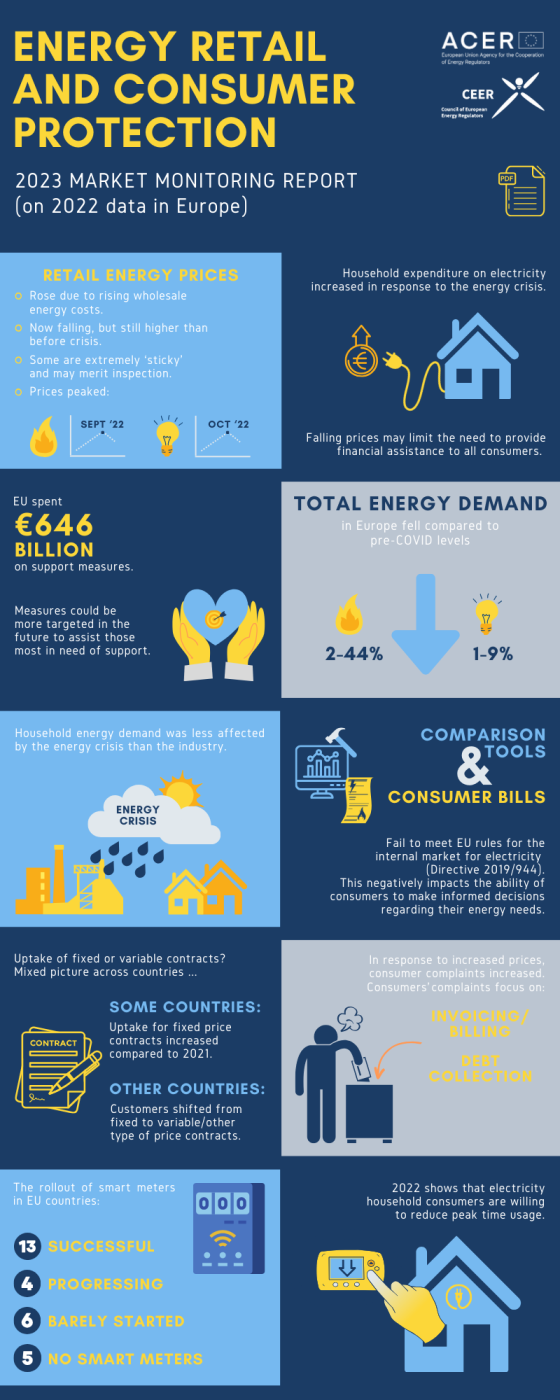ACER calls for improvements in ENTSOG’s draft cost-benefit analysis methodology for hydrogen infrastructure
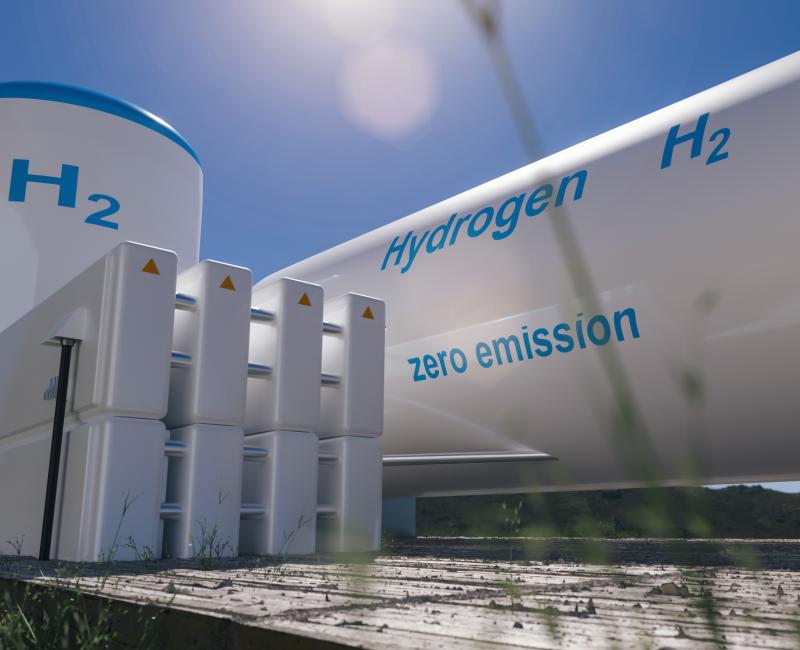
ACER calls for improvements in ENTSOG’s draft cost-benefit analysis methodology for hydrogen infrastructure
What is it about?
ACER publishes today an Opinion on the European Network of Transmission System Operators for Gas' (ENTSOG's) draft cost-benefit analysis (CBA) methodology for hydrogen infrastructure.
What is the ENTSOG’s CBA methodology and why it is important?
ENTSOG is required by the TEN-E Regulation (2022) to draft the CBA methodology for hydrogen infrastructure projects.
ENTSOG’s CBA methodology should allow for a comparison between the costs and expected benefits of the infrastructure projects in a clear and unbiased way. It is a useful tool for decision-makers to understand the merits of hydrogen infrastructure projects.
In particular, the project-specific CBA assessments are used to evaluate projects in:
-
the European ten-year network development plans (TYNDPs);
-
the selection process of projects of common interest (PCIs); and
-
decisions on cross-border cost allocation (CBCA) of PCIs.
What’s in the ACER Opinion?
ACER’s Opinion:
-
Reviews ENTSOG’s development and consultation process that led to the draft methodology.
-
Assesses whether the draft CBA methodology is compliant with the TEN-E Regulation and its consistency with other CBAs methodologies.
-
Provides ENTSOG with recommendations that need to be considered before submitting the draft CBA methodology to the European Commission for approval (expected by the end of 2023).
What does ACER recommend?
ACER concludes that the draft CBA methodology for hydrogen infrastructure projects largely aligns with the requirements outlined in the TEN-E Regulation.
However, ACER recommends ENTSOG to consider improvements in the following areas:
-
Making CBA results more understandable to project evaluators by adding examples of the application of the CBA methodology to fictional hydrogen infrastructure projects.
-
Adapting the hydrogen reference networks.
-
Strengthening clustering rules and aligning them with ACER’s position paper (towards greater consistency of cost benefit analysis methodologies) while allowing some flexibility in the implementation for the next TYNDP 2024.
-
Improving the consistency with other CBA methodologies foreseen in the TEN-E Regulation (e.g. in reference to parameters such as the social discount rate (SDR), the timeline of analysis and the use of residual value).
-
Enhancement of the CBA indicators to ensure they are fit-for-purpose. More clarity is needed on how dual assessments are performed and for which indicators.
-
Improved assessment of the security of supply impacts. Different values for the costs of disruption for natural gas (CoDG) and for hydrogen (CoDH) should be used.
-
Application of the CBA methodology for all TYNDP projects.
What are the next steps?
ACER’s recommendations aim to improve the CBA methodology, making it more effective and transparent in evaluating the merits of hydrogen infrastructure projects.
In line with the TEN-E Regulation, ENTSOG is required to take into account ACER’s recommendations before submitting an adapted version of the methodology to the Commission for approval (by the end of 2023).
Stay tuned for further developments in hydrogen infrastructure such as ACER’s upcoming Opinion on the draft regional lists of proposed hydrogen PCIs.

